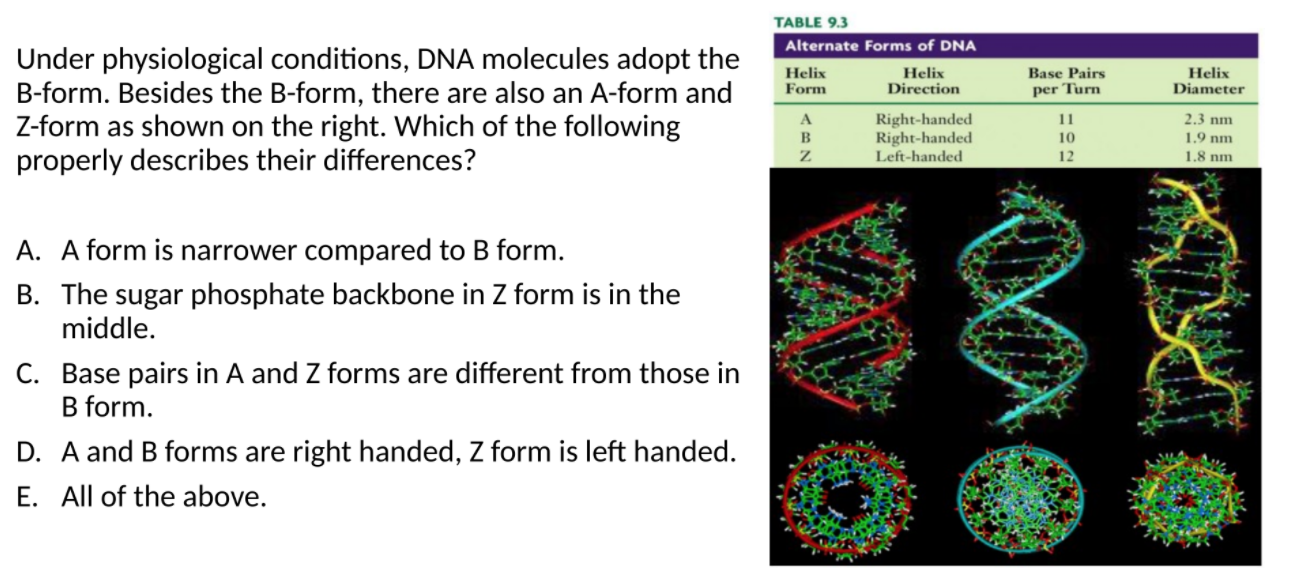
Why is DNA is more stable than RNA?ĭue to its deoxyribose sugar, which contains one less oxygen-containing hydroxyl group, DNA is a more stable molecule than RNA, which is useful for a molecule which has the task of keeping genetic information safe. However, the relative importance of both stabilizing interactions as well as how they interfere with each other is largely unknown. It is known that the stability of the double helical structure of B- DNA is supplied by the hydrogen bonds as proposed by Watson and Crick3 and by the stacking interactions. The A form is a double helix but but is much more compressed than the B form. The B form, the most stable under cellular conditions, is considered the "standard" form it's the one you typically see in illustrations. Which type of DNA is more stable?ĭNA can adopt one of several different double helix structures: these are the A, B and Z forms of DNA. Less well-known, however, is a different type of DNA: the left-handed Z- DNA. The B- DNA double helix structure was discovered by Watson and Crick in 1953.

Until recently, the role of Z- DNA in humans was a mystery. Z- DNA, also known as left-handed DNA, is different from the more familiar right-handed B- DNA. Z- DNA is one of the biologically active forms of DNA found in vivo in the cells. Z- DNA is a left-handed double helical conformation of DNA in which the double helix winds to the left in a zig-zag pattern. Ø The glycosidic bond conformation in B- DNA is in anti- form. Ø The sugar pucker in B- DNA is C2' endo form. What is the difference between B DNA and Z DNA? The diameter of the B- DNA is ~20 Angstroms, and the distance between base pairs is ~3.

What are the main structural features of B DNA? In nearly all cells, from simple bacteria through complex eukaryotes, the DNA must be compacted by more than a thousand fold in order even to fit inside the cell or nucleus. Why do different forms of DNA exist? There is simply not enough room for the DNA to be stretched out in a perfect, linear B- DNA conformation. Why does DNA twist into the B-form in living cells? The double strands of B- DNA run in opposite directions. It is the common form of DNA exists under normal physiological condition.

B- form DNA is a right-handed double helix, which was discovered by Watson and Crick based on the X-ray diffraction patterns.


 0 kommentar(er)
0 kommentar(er)
